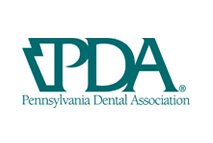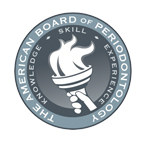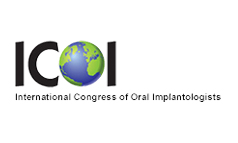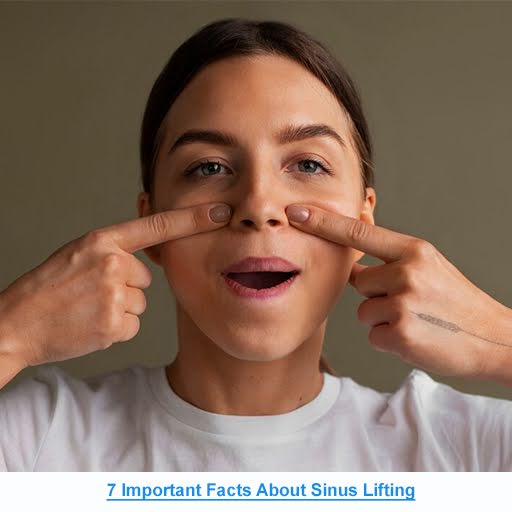
Introduction:
Sinus lifting is a really important procedure in dentistry, especially for people who don’t have enough bone in their upper jaw. This surgery, also called sinus augmentation, deals with the problem of bone loss, especially in the back teeth area, so that dental implants can be put in successfully. In this guide, we’ll explore seven key things about sinus lifting from why it’s important to how it’s done and what happens afterward.
Sinus lifting isn’t just about surgery; it’s about giving people back their confidence and improving their lives, so they can make the best decisions about their dental health. Let’s dive into this journey of learning more about sinus lifting and how it can change lives.
Summary
1: The Importance of Bone Density
2: Types of Sinus Lifting Techniques
3: Preparing for Sinus Lifting Surgery
5: Postoperative Care and Recovery
6: Potential Risks and Complications
7: Long-Term Success and Maintenance
1: The Importance of Bone Density
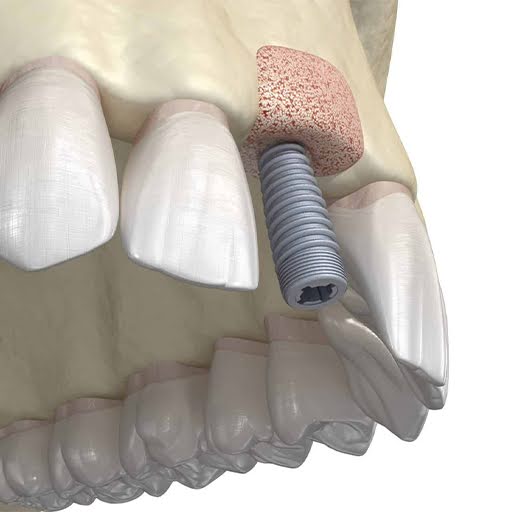
Making sure there’s enough strong bone to support dental implants is super important in sinus lifting. The success of the implants depends a lot on having good quality and enough bone underneath. During sinus lifting, we carefully add bone graft material into the space above the sinus cavity. This helps new bone to grow and become stronger over time.
Having enough bone density not only helps keep dental implants steady but also makes them last longer and work better. People with weaker bones might need extra treatments like bone grafting to strengthen the area before sinus lifting can be done. By focusing on bone density, dentists can make sure sinus lifting goes well and patients are happy with the results.
2: Types of Sinus Lifting Techniques
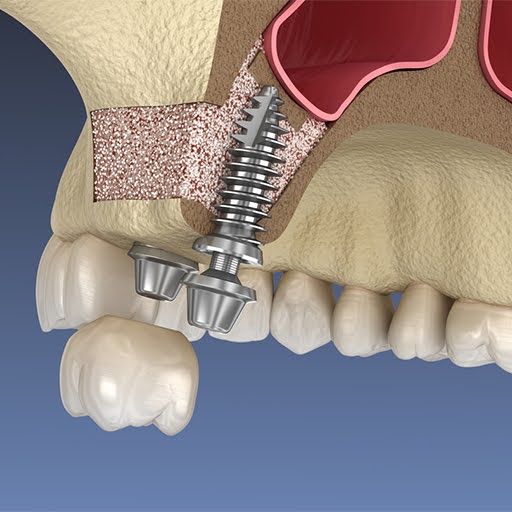
There are different ways to do sinus lifting, depending on what each patient needs and how much bone they’ve lost. The two main methods are the lateral window technique and the osteotome technique.
With the lateral window technique, a small window is made in the side wall of the sinus so we can put in bone grafts. This method works well when a lot of extra bone is needed.
On the other hand, the osteotome technique involves putting bone graft material directly into the existing bone under the sinus. This method is less invasive and is good for patients who have enough bone height but not enough width.
3: Preparing for Sinus Lifting Surgery
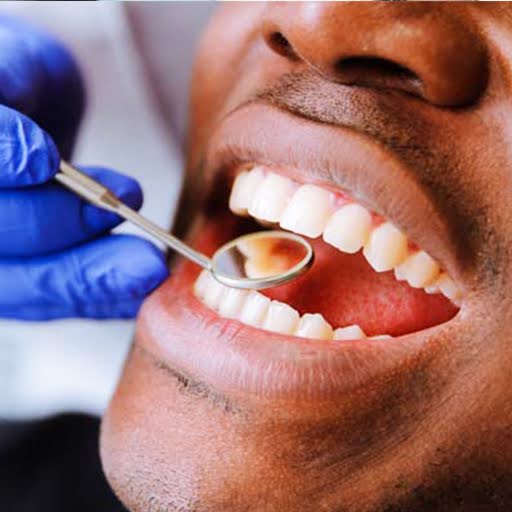
Before having sinus lifting surgery, patients will have a careful check to see if they’re a good fit for the procedure. This might involve getting dental X-rays or CT scans to check the quality and amount of bone in the sinus area.
They might also be told to stop smoking and avoid certain medications that could slow down healing. They need to keep their mouth clean too, by brushing and flossing regularly. Doing these things before surgery can make it more likely to go well and have a good result.
4: The Surgical Procedure

During sinus lifting surgery, patients are usually given local anesthesia to make sure they don’t feel any pain. Once the anesthesia kicks in, the oral surgeon will cut the gum to see the bone underneath. Then, they’ll make a small hole in the side of the sinus to reach the sinus membrane.
The surgeon gently lifts the sinus membrane and puts bone graft material into the space underneath. This material might come from the patient’s own body, a donor, or be synthetic. After filling the sinus, the surgeon stitches up the cut, and the healing starts.
5: Postoperative Care and Recovery
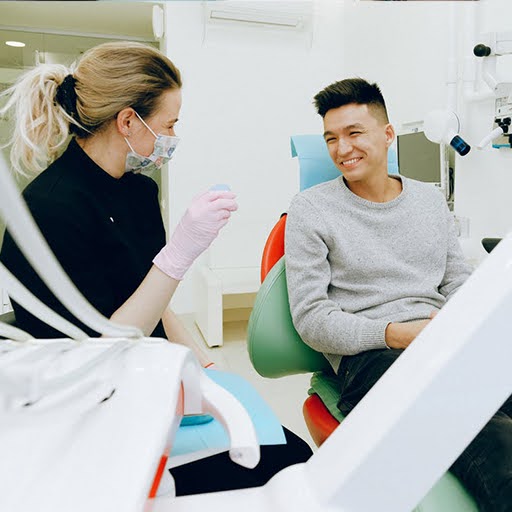
After sinus lifting surgery, patients will get instructions to help them heal well and avoid problems. This might include taking painkillers you can buy without a prescription and using ice packs to bring down swelling.
They’ll need to eat soft foods for a few days and not do anything too strenuous that could mess up the healing. It’s really important to go to follow-up appointments with your dentist to make sure everything’s going okay and to talk about any worries you might have while you’re getting better.
6: Potential Risks and Complications

Even though sinus lifting is generally safe and works well, like any surgery, it has some risks and things that could go wrong. These might include getting an infection, the sinus membrane tearing, or the graft not taking. Sometimes, patients might feel numb or tingly in their lips, cheeks, or teeth for a while after surgery, but this usually goes away on its own.
Patients need to talk openly with their dentist about any health problems they have or worries they’re feeling before they have sinus lifting surgery. By knowing what might happen and what the benefits are, patients can decide if it’s the right choice for them and their oral health.
7: Long-Term Success and Maintenance

Once you’ve had sinus lifting surgery and got your dental implants, taking care of your mouth is super important to make sure everything stays healthy in the long run. Brushing and flossing properly, and going to your dental check-ups regularly, can stop problems like the implants not working right or getting infections around them.
Keep an eye out for any signs of trouble, like redness, swelling, or pain around where the implant is. If you notice anything weird, tell your dentist right away so they can help fix it fast.
Also, it’s a good idea to avoid smoking and drinking too much, as these can make problems more likely. By looking after your mouth and following what your dentist says, you can keep enjoying your new implants for a long time.
FAQs:
Q.1. How long does it take to recover from sinus lifting surgery?
A.1. Recovery time can vary depending on the individual patient and the complexity of the procedure. In general, most patients can expect to return to normal activities within a week to ten days following surgery.
Q.2. Are there any dietary restrictions after sinus lifting surgery?
A.2. Yes, patients are typically advised to follow a soft diet for the first few days following surgery to avoid putting undue pressure on the surgical site. This may include foods such as mashed potatoes, yogurt, and scrambled eggs.
Q.3. Is sinus lifting surgery painful?
A.3. While some discomfort and swelling are common after surgery, pain can usually be managed with over-the-counter pain relievers prescribed by your dental professional.
Q.4. How long do dental implants last after sinus lifting surgery?
A.4. With proper care and maintenance, dental implants placed after sinus lifting surgery can last a lifetime. Regular dental check-ups and good oral hygiene practices are essential for ensuring the longevity of your implants.
Q.5. Are there any alternatives to sinus lifting for dental implant placement?
A.5. In some cases, alternative procedures such as bone grafting or ridge augmentation may be considered as alternatives to sinus lifting. Your dental professional will evaluate your specific needs and recommend the most appropriate treatment plan for you.
Conclusion
Sinus lifting surgery is a big deal in dentistry. It helps folks with bone loss in their upper jaw. It’s all about making sure there’s enough strong bone for dental implants. There are different ways to do it, like the lateral window and osteotome methods. Before the surgery, there’s prep work, then the actual surgery, and aftercare. There can be risks, but talking openly with your dentist helps. To keep things going well in the long run, taking care of your mouth is key. Sinus lifting can change lives by giving folks back their smiles and making sure they stay healthy.
To receive personalized assistance or to arrange a consultation, please reach out to our dedicated team at (267) 908-4867 or visit our website at https://premierperiodonticspa.com/contact-us/. Your smile is our utmost priority, and we are dedicated to equipping you with the guidance and support needed for a comfortable and successful dental journey. Count on us to prioritize your oral health and accompany you on the path to a vibrant and healthy smile. We eagerly anticipate the opportunity to collaborate with you in achieving your oral health goals.




